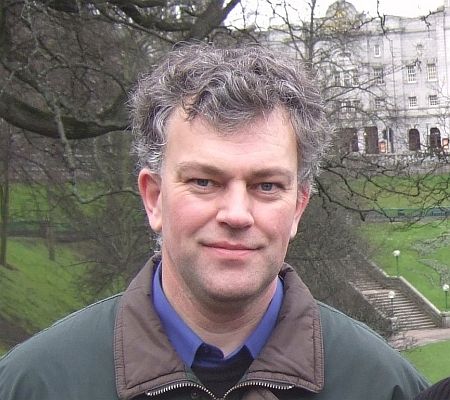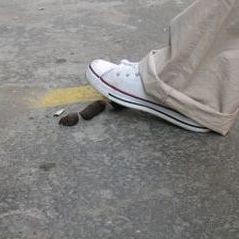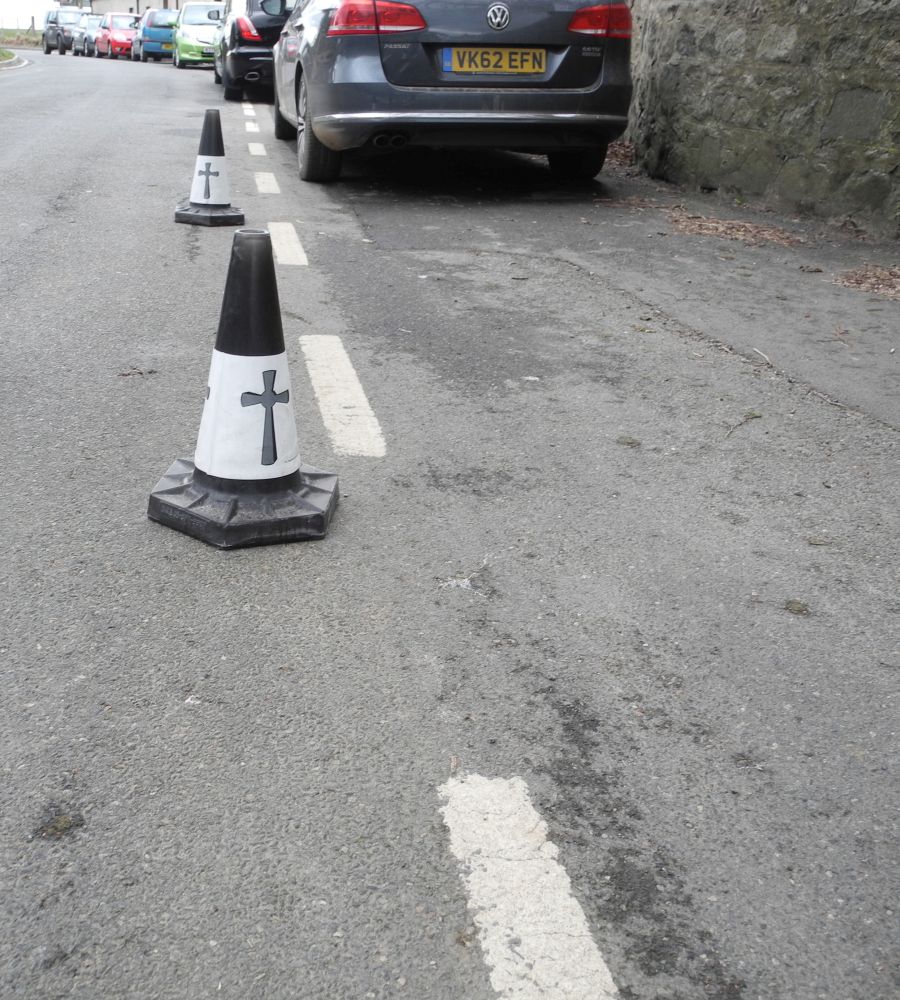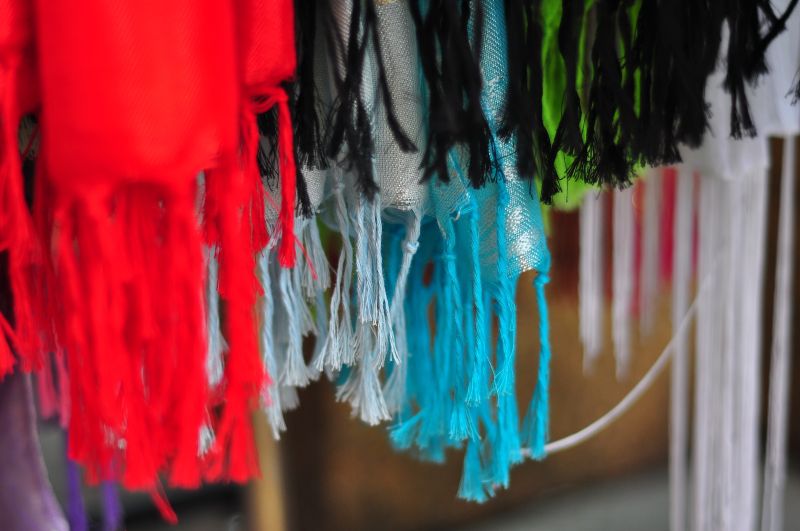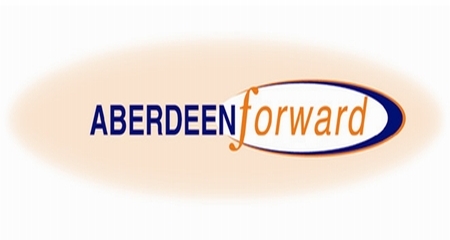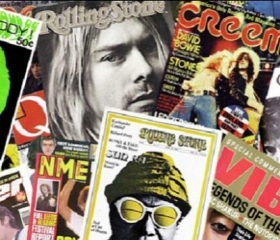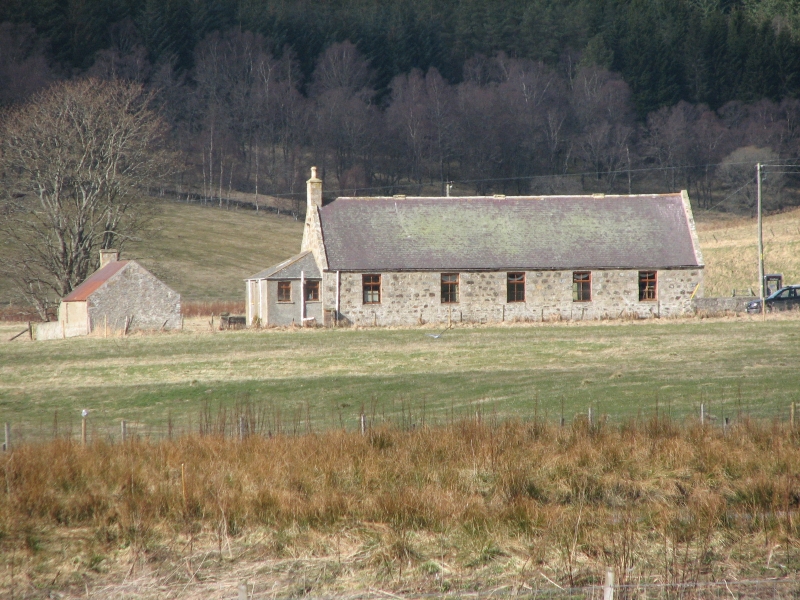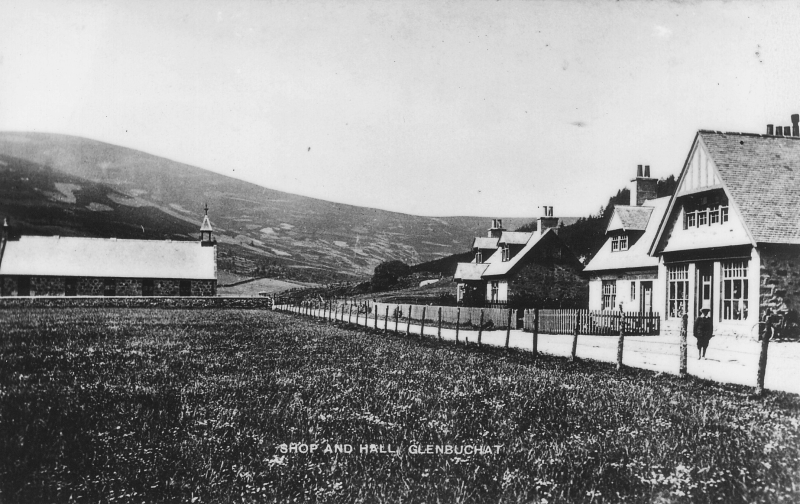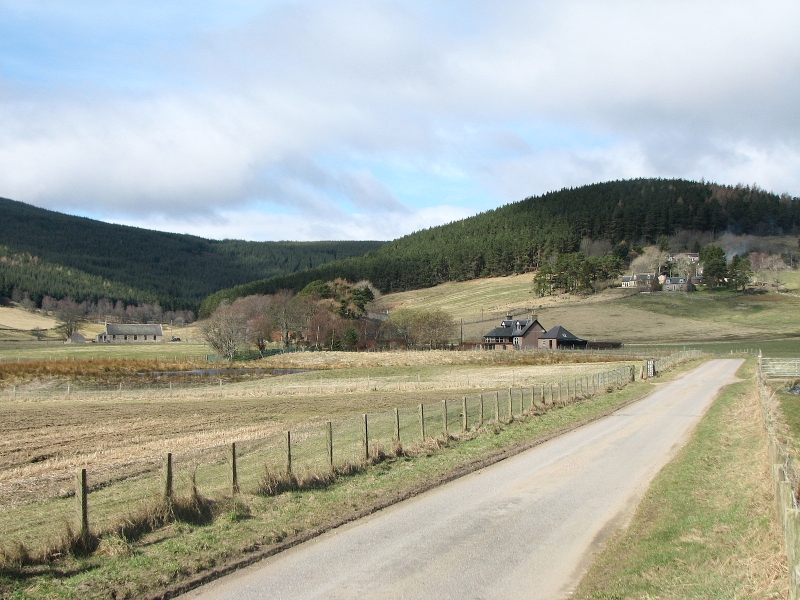By Suzanne Kelly.
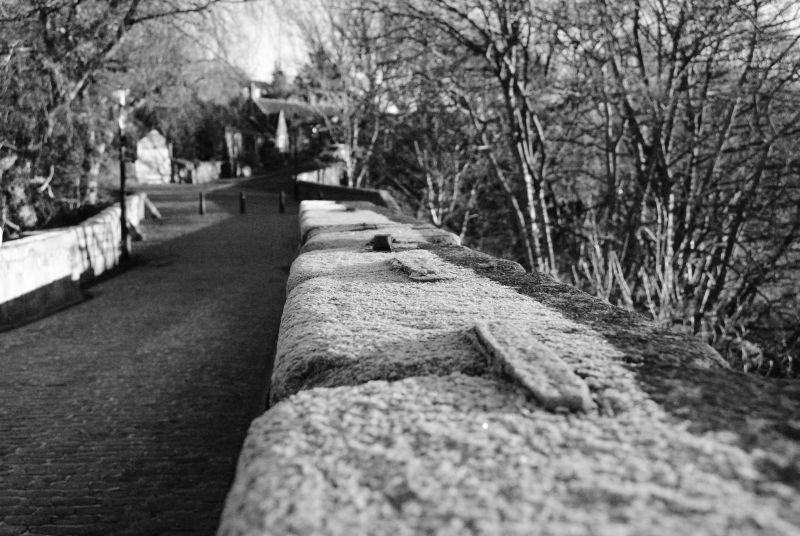 Artists own the rights to the work they create; be it photos, paintings sculpture, music and more. Anyone who wants to reproduce such artwork is, in almost all cases, required to obtain prior permission for use.
Artists own the rights to the work they create; be it photos, paintings sculpture, music and more. Anyone who wants to reproduce such artwork is, in almost all cases, required to obtain prior permission for use.
Guidelines for paying for reproducing artwork exist, and it is expected that media professionals adhere to these rules.
But we are in Aberdeen, would-be city of culture.
An Aberdeen City Council officer offered local charity SHMU an assortment of photographs without the image maker’s permission, and SHMU then published some of these photos without contacting the photographers to get their consent to have the images published.
This is a clear breach of laws concerning copyright and the use of artwork, and both the City and SHMU, a charity involved in media production and media training, would have been well versed in proper procedure and law when the work was printed in the booklet ‘Tillydrone – the guide’.
SHMU wrote assurances earlier this week that apologies would be made. However, at the time of writing, none of the photographers in contact with Aberdeen Voice (some of whom are rightfully angry at this use of their work without permission), have had an apology, explanation, or offer of compensation.
The booklet was funded by the SURF project, and has the logos of The Interreg IVB North Sea Regional Programme, European Regional Development Fund, Sustainable Urban Fringes SURF, Aberdeen City Council, Fairer Scotland Fund, – but there is apparently no copyright mark plainly visible in the book. Could this be a simple lack of care, or is it an unspoken acknowledgement that the material is not theirs?
Vicky Mitchell was a SURF photographer, and she gives her position on her work being used:-
“I was angry and upset that my image was used without my permission, and that it was given to SHMU without my knowledge. The image in question is at least 18 months old and in no way reflects the current standard of my work.”
The following information from Vicky Mitchell describes the photographers involved:
- Vicky Mitchell – Winter frost on the Brig’o Balgownie
- John Rutherford – Cogs at the River Don and a cropped picture of the Sir Duncan Rice Library at night.
- Andy Coventry – Cropped picture of a Grey Heron on the Don.
- Nadine Ralston – Angel from the Elphinstone Tomb, Old Aberdeen.
- Mark Thomson – WallaceTower (Mark works for Tenants First, Now Sanctuary)
- Darren Wright – Landscape of the Don looking towards PersleyBridge.
- Glenn Cooper – Reflections of Tilly tower blocks on the Don.
- Various other historical pictures and a couple of uncredited pictures were also used.
Who Wrote What
Local photographers, who had been involved in the successful Surfing the Don: a River Don Photography Exhibition, had several successful shows. They have spent months creating their artwork, under the guidance of a professional photographer.
Any photograph created, whether a simple snapshot or a carefully planned, executed and composed photograph such as the River Don group’s work is the property of its creator, and cannot be reproduced without prior consent.
The photographers should have been contacted before their work was shown to any third parties for possible publication. They then had the right to ask for payment or they could have waived that right as each individual personally saw fit.
Some photographers are happy with the book; but their opinions on copyright law do not apply in any form to the others. In some cases the work has been cropped by SHMU – changing the image from what the artist intended into something else.
A long thread discussing this matter appeared on FaceBook; a transcript can be found here: oldsusannahsjournal.yolasite.com
Some photographers don’t mind that their work was used without permission; others were shocked and angry when they discovered their work published in the booklet which they knew nothing about in advance.
The Aberdeen officer in question, Sinclair Laing, who had been the city’s contact in the Surfing the Don project, had not told them he had a bank of their images and was offering them to SHMU or any other third parties.Laing was contacted by Aberdeen Voice, and referred AV to the city’s media department.
An Aberdeen City Council spokeswoman responded:
“We respect the copyright of artists and their intellectual property rights”
On the Facebook discussion, Laing wrote:
“Hey. It’s a great wee guide. It should be making its way through all doors in the area very soon. We provided access to the bank of SURF images – on the basis that it was a non-commercial venture to help promote a positive image of the area and community :)”
and
“This publication was produced by Station House Media Unit (shmu), not Aberdeen City Council.
“Shmu were very clearly told in advance, and in writing, of the requirements to use any images. These requirements included getting written permission from the copyright holders of the images they proposed to use.
“Therefore, if anyone has a complaint they wish to submit, i.e. about the use of images without permissions, please direct them towards Shmu as the responsible organisation.”
It should be noted that Sinclair Laing draws a salary for his work in the city, promoting ‘a positive image of the area and the community’ – unlike those whose work has been appropriated.
It should also be remembered that during the referendum on whether to turn Union Terrace Gardens into a car park with a concrete cover, an unnamed photographer was paid £150 for creating a photograph to demonstrate the gardens are difficult to access, a claim demonstrably false, witnessed by Dame Anne Begg’s frequent appearances in the gardens in her wheelchair.
It should be noted that this anonymous photographer’s fee was apparently invoiced to the city, commissioned by ACSEF, and billed to the city by the Chamber of Commerce; other commissioned photography took place during the referendum as well supporting development of UTG, and paid for by taxpayers.
Laing also wrote:-
“I’d like to add something here. I have been encouraging local organisations and projects to try to make use of the wonderful array of images produced throughout the SURF project. Not because Aberdeen City Council have been cunning enough to amass a bank of free images.
“I have done this because that is what the majority of photographers I have spoken to have been keen to see – local images from local people being used to raise the profile and promote the value of the local area, for non-commercial purposes. This has the potential to benefit both individuals involved and the wider community.
“At every turn, organisations and projects have also been told very clearly and in writing of their obligations before utilising any images, e.g. to get written permission in advance from the copyright holders.”
Despite Aberdeen City Council previously falling foul of copyright law concerning photography (witness the £250 fine ACC had to pay to Blazej described below), the city has amassed ‘an array of images produced through the SURF project’ and has been offering these to ‘local organisations and projects’ with no remit from the photographers to do so in the first place.
Whether or not it is ‘a great wee book’ or an international best seller, the law still applies.
It is not clear if Laing is using the royal ‘we’, when he advised ‘we provided access to the bank of SURF images…’ or if he is speaking for the city.
This is not the first time the city has been involved in using photos without permission. Blazej Marczak was part of the Surfing the Don project (more on his ongoing story will appear in a future issue). Although his works were not used in the SHMU booklet, he has previous experience of the city’s treatment of photographers. On the Facebook thread he wrote:
“Aberdeen City Council does not value the work of the other people- I was paid £250 by ACC for a breach of copyrights as my pictures were used illegally on The Seventeen website and in e-brochures. The pictures were acquired by ACC from Aberdeen 2017 competition. Is using people in the community and their good will for free labour are the way of creating a “banks of free images” ? They paid me a compensation so it means that you guys are entitled for compensation too if you pictures were used there or anywhere else.”
Simon Crofts comments on the Facebook discussion on the legal and moral issue:
“That’s shocking if images are being distributed behind people’s backs. Publishing them without permission not only gives a right to damages, it’s also likely to be a criminal offence, at least if done by a business. But in any case, distributing images without permission shows a woeful contempt for photographers.”
SHMU’s Dawson Up a Creek?
Aberdeen Voice contacted SHMU, a charity with income and expenditure both in the region of £500,000 which is also a private company limited by guarantee. When contacted on this photography copyright matter, Murray Dawson, SHMU Chief Executive wrote:-
“I hope that despite the issues that you’re focussing on around the photographs, that you are able to recognise that fact the the[sic] booklet was developed through an identified community need, put together with the support of a number of local volunteers and local group and is a fantastic community resource (having been delivered free though every door in Tillydrone).
“As you may be aware, shmu has a similar ethos to Aberdeen Voice, with our focus of supporting some of the most disadvantaged citizens in the city to take ownership of media platforms and to use these platforms for expression (radio, TV, magazines and on-line).”
It was suggested to SHMU that the photographs should not have been offered without the artists’ consent in the first place for possible publication.
Presumably the photographers who should have been offered payment in this case are at least as important as the people SHMU seeks to liberate from poverty by entering media work.
Murray Dawson commented:
“I disagree with your analysis that this was Sinclair fault, and if you are running a story about this on your website, then I would personally like to take full responsibility for any misunderstanding that has taken place.
“As someone who had a responsibility to support a number of community groups and local people to create the Tillydrone Guide, I was under the impression that we could use the SURF images for the project, as long as the project was not-for-profit and that we credited the photographers correctly in the book.
“I had assumed that we had received a blanket agreement that these images could be used, but it turns out that we should also have asked each photographer personally.
“As a community media organisation, we are certainly not in the business of exploiting people; our ethos is the exact opposite – we exist to support some of the most vulnerable in the city to have a voice. We are in the process of contacting all the photographers concerned to explain the misunderstanding and to answer any questions that they may have about the situation.
“We are extremely disappointed that this misunderstanding has taken the gloss off what has been a fantastically received project, which was developed through an identified community need, put together with the support of a number of local volunteers, groups and organisations and is a fantastic community resource (having been delivered free through every door in Tillydrone).”
“As I said, I recognise the problem that has been raised, I have apologised and will apologise personally to all the photographers involved”
Poor Exposure?
Since Dawson wrote that he had “…the impression that we could use the SURF images for the project, as long as the project was not-for-profit and that we credited the photographers correctly in the book” then two problems arise.
Firstly, how is it possible that a multi-media charity/company involved in producing booklets and training others to be media professionals could get it so wrong? They should certainly be aware of basic laws involved in publishing work.
Secondly, who could possibly have given SHMU the impression they could publish these photos if printing a not-for-profit book without asking for permission, and just giving credit? The conclusion that the person who gave SHMU this impression must have been Laing, who supplied the photos in the first place, is almost an unavoidable conclusion to reach. If it was not Laing who gave the go-ahead, who was it?
Of course, Laing has written that:
“At every turn, organisations and projects have also been told very clearly and in writing of their obligations before utilising any images, e.g. to get written permission in advance from the copyright holders”
How then was such a miscommunication possible between two media professionals?
Further questions remain: what other organisations has Laing offered the work to, why is he offering work out at all, what authorisation did he have from either artist or council to act as a photo brokering service, whether or not fees were involved?
Photo Finish
Even if the photographs in question were merely holiday snaps made on a camera phone, they are the intellectual property of whoever created them. It is worse that these people are painstaking photographers who incur huge costs for equipment and photo processing.
Worse still, many of them are aspiring to be professional photographers and should have been treated as such by both ACC and SHMU, for undeniably they were not consulted.
In particular artists who took great time and care to frame their shots and compose them, will in some cases have their name associated with bastardised versions of their photos which have been cut and cropped without permission, lessening their impact and taking away from what their creative intent was.
If you start to wonder why we didn’t become a City of Culture, perhaps this is a symptom.
Stop Press. At the time of publication efforts were ongoing, as promised by Murray Dawson, to contact all photographers and issue individual apologies.
- Comments enabled – see comments box below. Note, all comments will be moderated.
